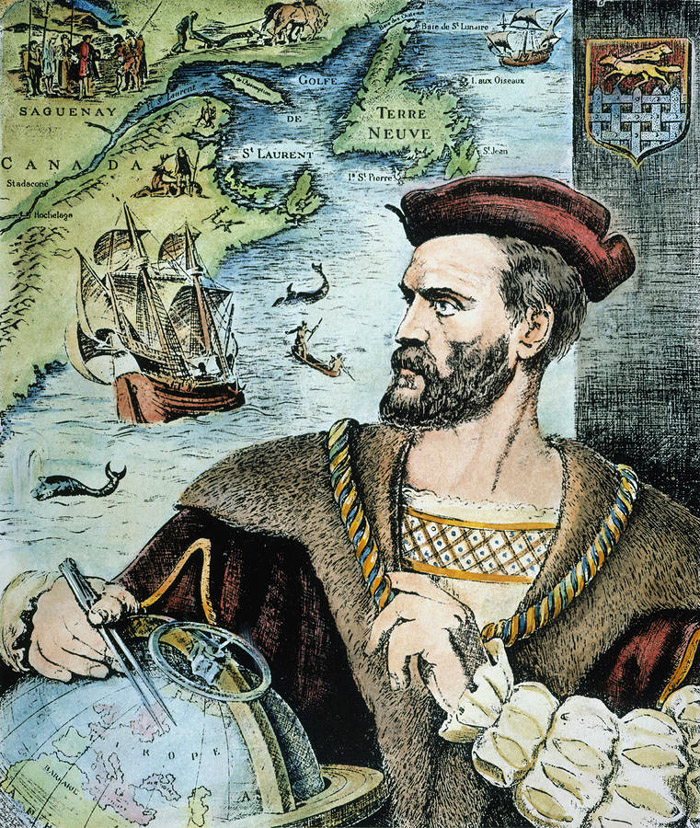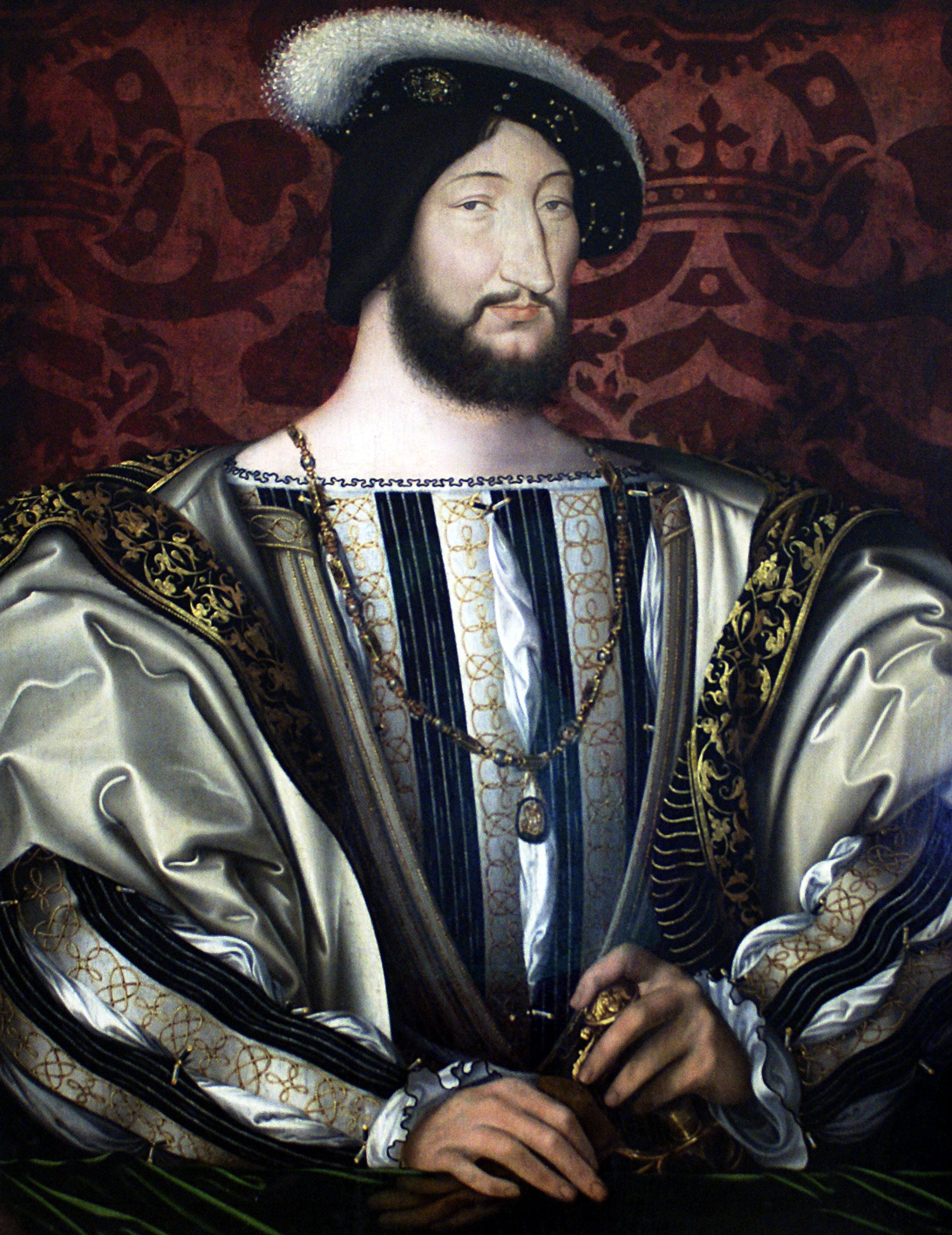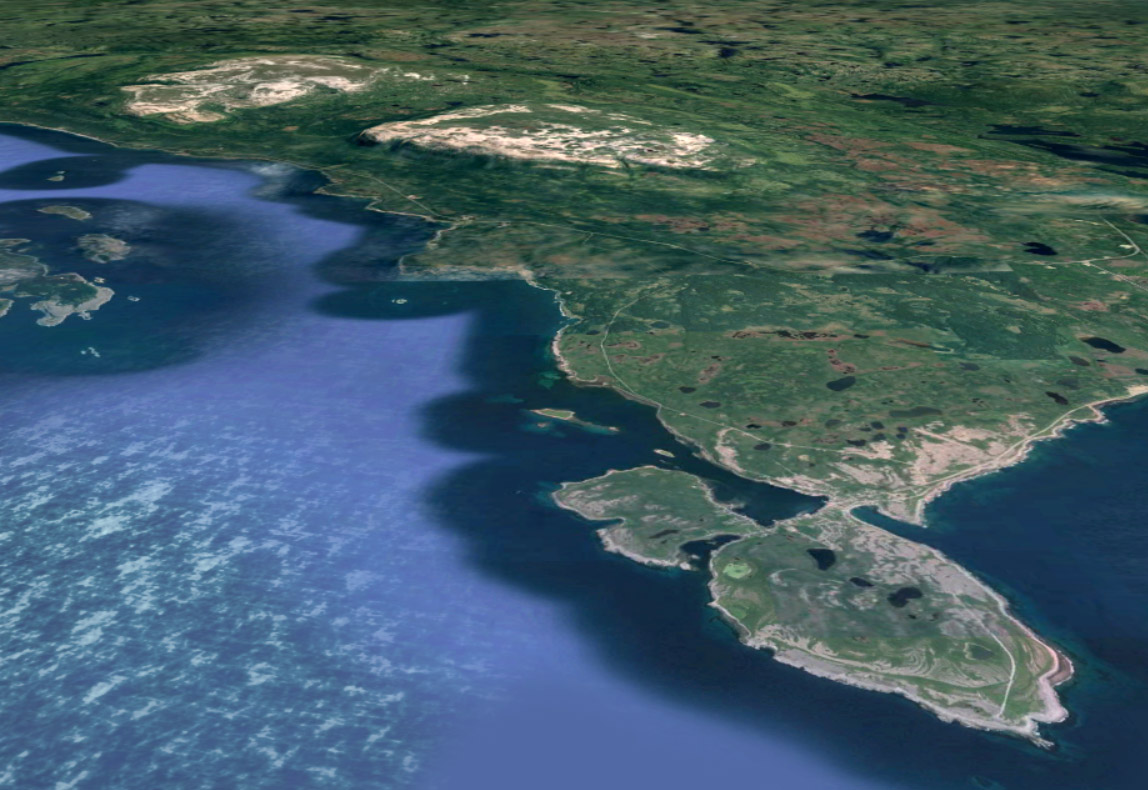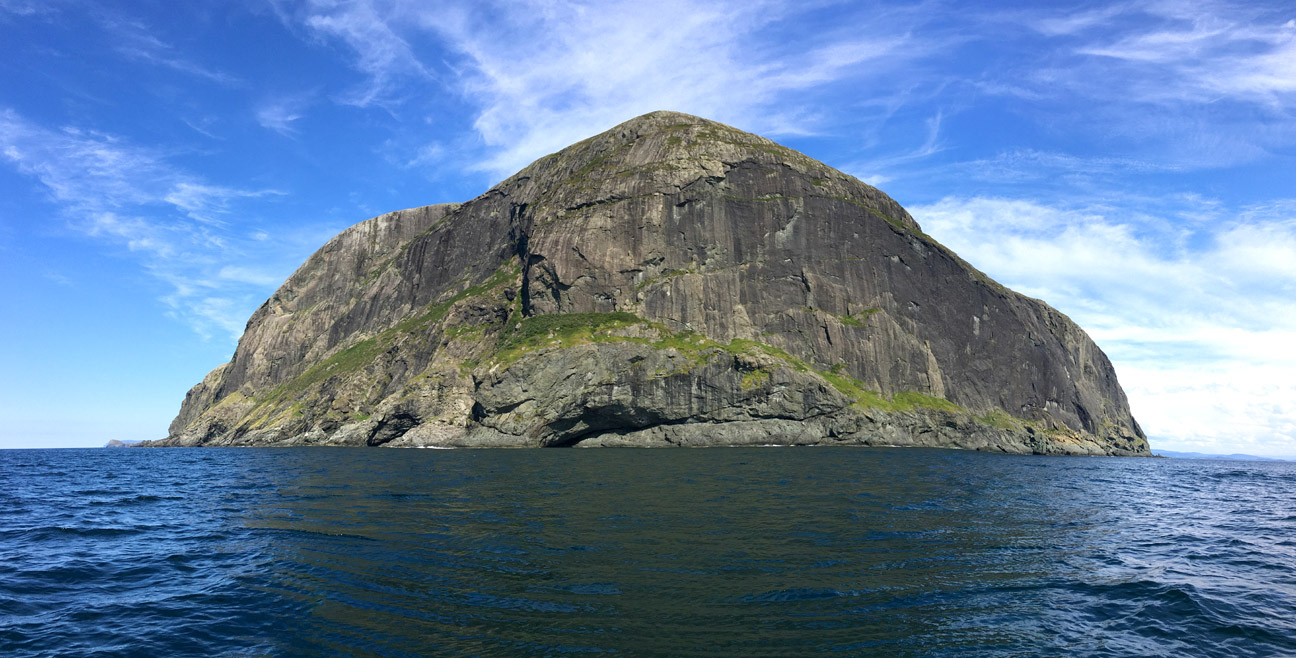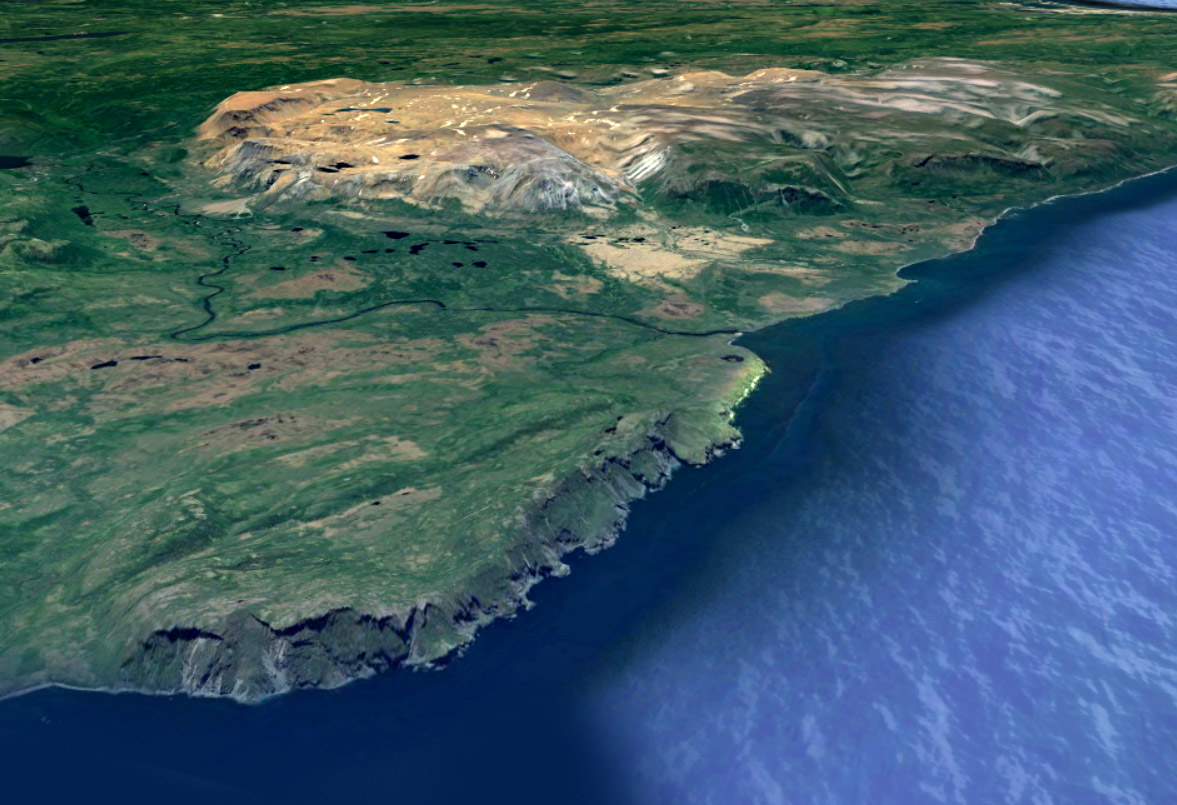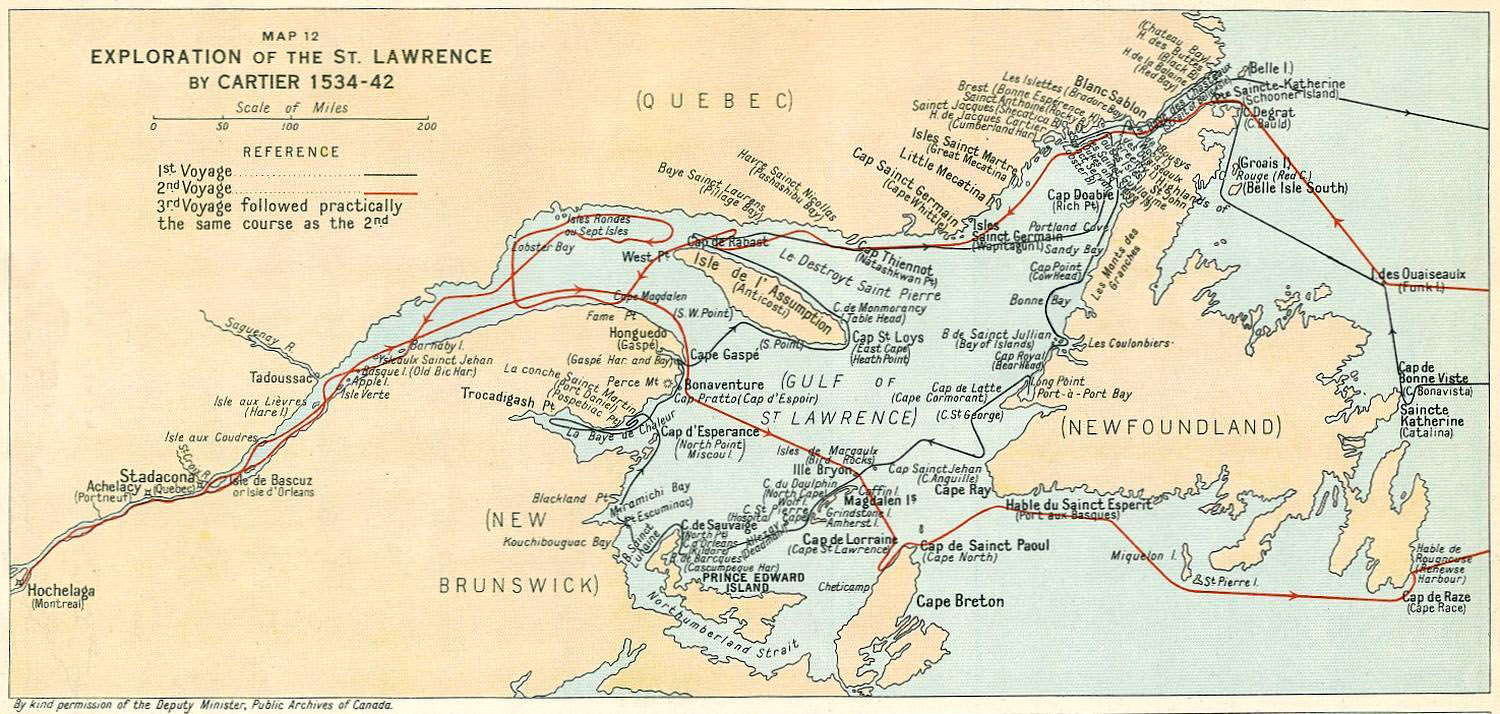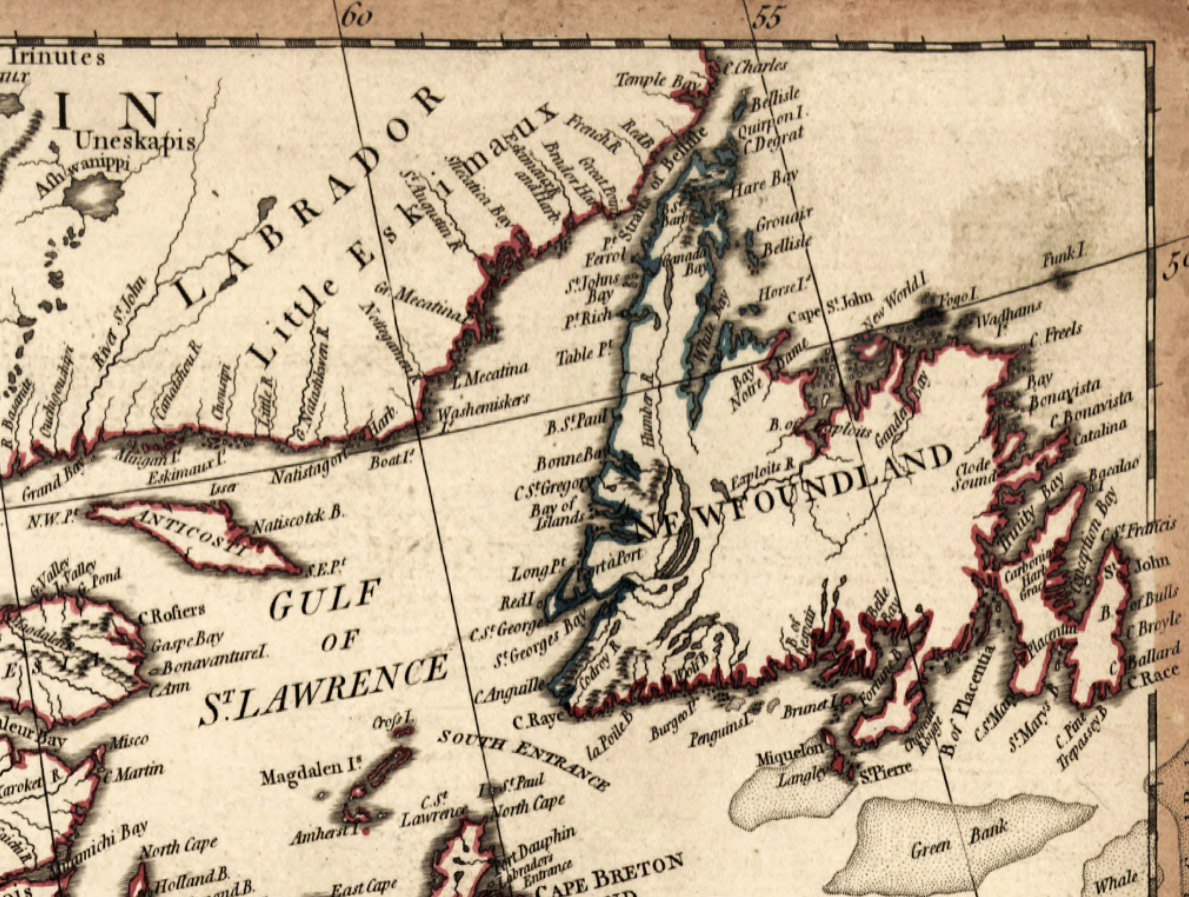Jacques Cartier was a Breton navigator who was the first European known to have explored and described the Gulf of St Lawrence. Born in Saint-Malo in 1491, it is believed that as a young man he sailed to Brazil with Portuguese mariners and in 1524 sailed along the east coast of North America with Giovanni da Verrazzano, from North Carolina to southern Newfoundland. In 1534, two years after the Duchy of Brittany was formally united with France, Cartier met King Francis I and was commissioned to lead a voyage to North America to find a passage to the riches of Asia.
King Francis I (1494-1547), King of France from 1515 until 1547
He departed on April 20 and reached eastern Newfoundland on May 10, sighting land at Cape Bonavista. After heading north and stopping to gather supplies, including sea birds and polar bear meat, then dodging pack ice and icebergs, Cartier entered the Strait of Belle Isle and sailed along the south coast of Labrador where he reported much fishing carried out but no soil found. He described the natives as wild and savage and the land as that which God gave to Cain, before turning south and sailing for what looked to be two islands (Highlands of St John) but which were attached to the mainland of western Newfoundland’s Great Northern Peninsula. On the coastline to the south was a large double cape (Point Riche) which he named Cape Double.
“Cap Double” (Point Riche), with Highlands of St John in background
Cartier then sailed south along the coast until he reached a pointed cape (Cow Head, which he named “Cap Pointu”) where they anchored for the night. The following day, June 17, a storm blew in from the northeast and after stowing the sails, he turned southwest and headed out to sea for the night. The following morning he sighted land again at Bay of Islands, when the cabos emerged from the ocean to the east as the Highlands of St John did just a few days before. He noted how the bay was full of “round islands like dovecots” (with dovecot being a shelter with nest holes for domesticated pigeons), so he named them the “Dove-cots” and the bay “St Julian’s”.
Guernsey Island at the entrance to Bay of Islands. Covered in nesting seabirds, “Weeball” would indeed look like a dovecot.
Seven leagues south of “St Julian’s Bay” is Bear Head, which Cartier named “Cape Royal”. It raises the question whether the mountains in the background (the highest on the island of Newfoundland) were at some point named Mont Louis after a French King Louis then later anglicized to Lewis Hills.
View of “Cape Royal” (Bear Head) with Lewis Hills in background
Following the mountainous coastline to the south, Cartier went on to explore the Port au Port Peninsula and Port au Port Bay, before eventually heading west and exploring the Magdelan Islands, Prince Edward Island, New Brunswick and Gaspe Peninsula. After discovering the entrance to the St Lawrence River, he returned to France via the Strait of Belle Isle, only to return the following year and explore the St. Lawrence River as far as Hochelaga, modern day Montreal. Returning to France in 1536, Cartier exited the Gulf of St Lawrence via the Cabot Strait, and by sailing the south coast of Newfoundland to St. John’s where he encountered numerous ships engaged in the cod fishery, he was the first European to confirm Newfoundland to be one or more islands.
Cartier’s exploration of Newfoundland’s north and west coasts became the legal and political foundation of the French Shore of Newfoundland, which after the Treaty of Versailles in 1783 extended from Cape St John in Notre Dame Bay to Cape Ray in Cabot Strait. In 1763 after France’s defeat in the Seven Year’s War (French and Indian War in North America), surveyor and cartographer James Cook was tasked with charting the north, south and west coasts of the island before the handover of the islands of St Pierre and Miquelon and the reoccupation of the French Shore.
French Shore of Newfoundland (blue) from 1783 to 1904

